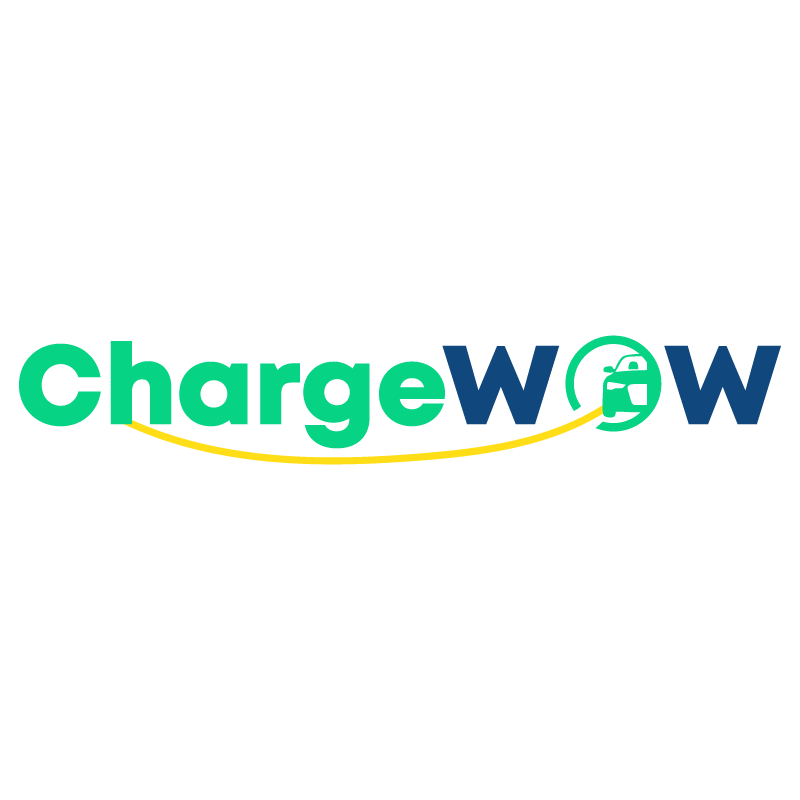Sales of electric vehicles have exploded in the past five years, nearly doubling each year. And with all those new vehicles comes the need to power them up, making home electric vehicle charger installation a popular project.
Adding a charger at home makes "fueling" your EV so much easier since you can plug it in overnight to get a full charge. Plus, it's a downtime for electricity use, so you can get better rates.
The steps for installation start with a bunch of questions about location, charger type, and current infrastructure. Once you have those things set, the actual install can be done so you can take advantage of home charging.
Let's take a look at the steps involved in the electric vehicle charger installation process to get you on your way.
Pick Your Location
The overall electric vehicle charger installation timeline runs about a week and starts by deciding just where to put your charger. For most people, this is in the garage since that's where the electrical panel typically is. Plus, many newer homes often already have 240v outlets installed there for electric dryers or chest freezers.
Installing the charger close to your electrical panel can cut down on installation costs. But that location might not work if it's too far away from where you park the EV. Most chargers have cables about 15 feet long, so that might be the deciding factor in placing the charger.
If you already have the right kind of outlet, you have to decide if you can or want to use it. The location might not be ideal, and some cities require the charger to be hard-wired rather than plugged in. Plugging in can be convenient since you can easily take the charger with you when you move.
Other considerations for location include that the spot should be at least 18 inches above the floor and within range of your wifi network. The latter is key if you plan to use the smart features of your new charger.
Choose Your Charger
Most EVs come equipped with a Level 1 charger, which provides a slow trickle charge. The low charge means it takes all night to charge your car, but this type of charger can be plugged into a regular household outlet. It's your call whether charging time or power use is your highest priority.
Upgrading to a Level 2 charger not only gets you a faster charge, but also you can tap into smart features like charging scheduling and reporting. These chargers do require more power, however, so check that your system can handle its addition.
Assess Your Electrical Capabilities
The next step in how to install an electric vehicle charger is to confirm your home can handle a charger installation. This includes not just your electrical panel, but also the utility lines running to the house.
In some cases, upgrades to either or both might be needed before your system can handle the extra power draw. Your installation company should be familiar with your neighborhood and whether utility upgrades have been needed in the past.
Your electrical panel needs to be able to pull enough amps and have enough circuit breaker spaces since a Level 2 charger requires a dedicated circuit. The installer or electrician can assess your panel to ensure it can handle the additional work. They can also take care of the permits and inspections needed if you do have to upgrade to a newer panel.
Installation and Setup
When your EV charger home installation day arrives, keep things moving smoothly by ensuring the area around your panel and supply meter are clear so the electrician has room to work. Also, have your wifi password on hand to connect your charger to your network.
If you haven't already selected the best location, your installer can help you position the charger based on the power supply and where you park. They turn off the power and attach the charger to the wall, then connect it to the main supply through the panel.
This could involve connecting to an unused breaker or the installation of a double-pole breaker into an empty slot. If you choose to plug in rather than hardwire your charger, the electrician could instead install the appropriate 204v outlet and wire it to the breaker instead. Once the outlet is up and running, you simply plug the charger in.
Once the charger is in place and power restored, the installer runs safety tests to ensure everything is correct and ready to use. With the wifi password, they will get your new charger connected to your network so you can get energy use reports and other smart features.
Change Your Power Plan and Apply For Rebates
One of the benefits of electric vehicle charger installation is the convenience of charging overnight at home. To encourage this, many utilities offer time-of-use rate plans for EV owners. They often give you two different rates, one for peak and a lower one for off-peak hours.
The lower rate helps make charging your electric vehicle at home more affordable. These plans are sometimes restricted to EV owners only, and you can only sign up after you have installed your charger.
In addition to lower electric rates, there are still rebates and tax credits available for home chargers. Most of the rebates cover the cost of installation, although not the purchase price of the charger itself.
The federal tax credits expired at the end of 2021. Still, many states and utility companies continue to offer rebates to help cover charger installation, along with a few cities.
Ready to Start Your Electric Vehicle Charger Installation?
Adding an EV charger at your house can make owning an electric vehicle much more convenient since you can charge it overnight. Your electrical panel needs to be able to handle the additional draw, and you need the appropriate outlet close to where you plan to park the car.
Need help with your electric vehicle charger installation? Contact us to get a quote on installation so you can begin taking advantage of having your own charger at home.


